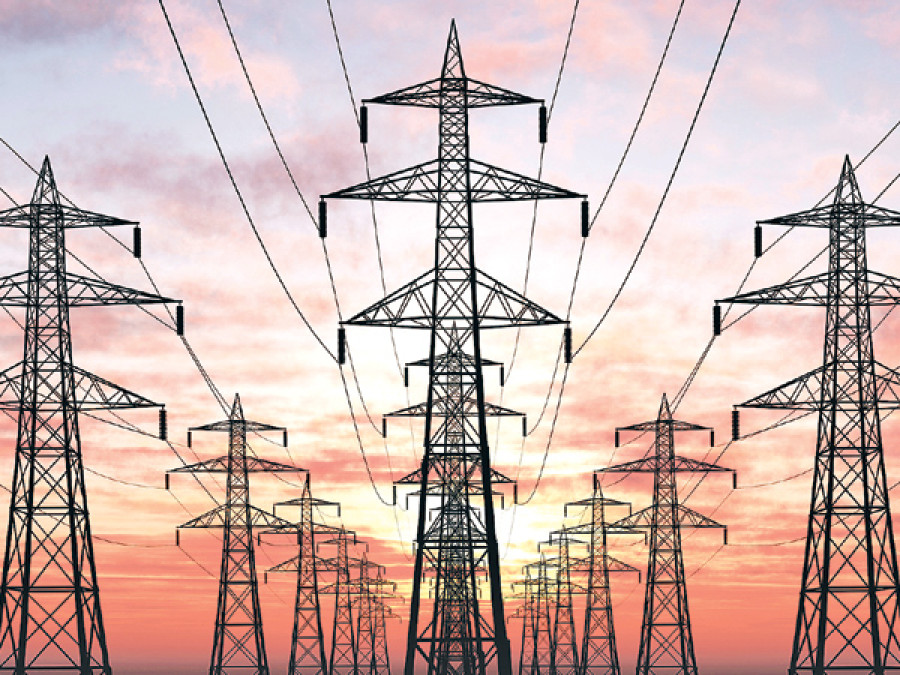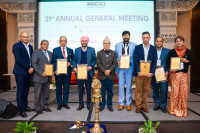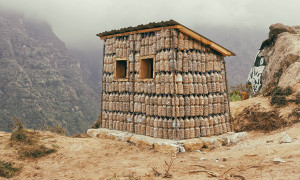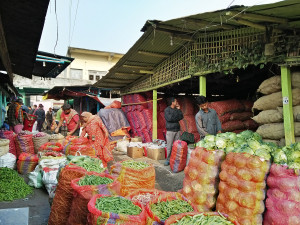Money
Delay in erecting power lines worries hydro developers
Investors who have sunk money in hydropower projects are concerned whether they will be able to sell the energy generated by their plants immediately after they come online
Investors who have sunk money in hydropower projects are concerned whether they will be able to sell the energy generated by their plants immediately after they come online because the Nepal Electricity Authority (NEA) has been slow in installing transmission lines and building substations.
A number of hydropower projects are currently being built in Gandaki and Dhaulagiri zones while construction and survey licences have been issued to many
others. Hydropower developers are worried by the delay in building substations for various capacity transmission lines in the Kali Gandaki corridor.
The installation of substations for transmission lines with capacities of 220 kV, 132 kV, 33 kV and 11 kV has fallen behind. The substations are scheduled to be finished by mid-April this year. “The completion of a hydropower project alone does not make sense if there is no transmission line to evacuate its power,” said Dolendra Sharma, director of under-construction Mistri Khola Hydropower Project. “Even after the financial closure, it is risky to develop a project until there is an assurance that a transmission line will be available before the plant is completed.”
The NEA said that it had completed environment impact assessments (EIA) and land acquisition in Dana and Kusma for the transmission lines. It has started awarding contracts to build a 220 kV transmission line from Dana to the Kusma substation and from there to the Modi Khola substation. The NEA plans to deliver the power generated from the 300 MW Uttar Ganga Hydropower Project in Baglung to Butwal and Bardaghat in Nawalparasi.
“As land acquisition has been completed for the Kali Gandaki transmission corridor, we are in the process of awarding contracts to complete the project in the next three years,” said Chandan Kumar Ghosh, an engineer with the transmission project. “If we complete the project in three years, there will not be any complaints about lack of power lines.”
Hydropower projects with a combined capacity of 114.2 MW are being built on the Kali Gandaki corridor. A new contract process has begun for the under-construction 32 MW Rahughat project while the 5 MW Ghalemdi, 42 MW Mistri Khola, 20 MW Upper Myagdi and 10 MW Thapa Khola are under construction.
The energy generated by the 8.5 MW Ghar Khola, 64 MW Kali Gandaki Upper, 146 MW Kali Gandaki Gorge, 38 MW Nilgari, 2.4 MW Tangchhar Khola in Mustang and the 450 MW Kowang-Kali Gandaki will also be transmitted through with the Dana substation.
Likewise, survey licences have been given to the 48.5 MW Upper Rahughat, 72 MW Kali Gandaki Upper and 25 MW Darwang Khola and 12 other projects in Myagdi with a combined capacity of 280 MW. The construction of the transmission lines has moved ahead after compensation-related disputes were resolved. Work had stalled for one and a half years due to disagreements over the compensation amount. Four substations are being built in Kusma, Parbat with funding from the Asian Development Bank (ADB).
The NEA has acquired 154 ropanis of land to set up the substations. The landowners received compensation at the rate of Rs1 million per ropani in places connected by roads and Rs800,000 in areas without a road connection. The disgruntled landowners had initially gone to court but later agreed to receive the compensation amount fixed by the Compensation Determination Committee.
“The dispute over compensation has finally been resolved,” said Jhanka Nath Dhakal, chief district officer of Parbat.
According to Govinda Prasad Sharma, the site-based accountant of the transmission line project, a sum of Rs150 million has already been distributed in compensation to 74 landowners, and the remaining 10 landowners will get their money soon.
Hydropower projects with a combined capacity of 500 MW are under construction in Dhaulagiri. Likewise, a large number of hydro projects are being built in Lamjung, but lack of transmission lines could result in the wastage of electricity. Due to this reason, hydropower projects have been working to erect transmission lines on their own.
Himtal Hydropower Company is conducting a survey for a 400 kV Marsyangdi transmission line with funding from an Indian company GMR. According to a company official, it wants to build the transmission line to export power to India from its Upper Marsyangdi II Hydropower Project. Likewise, the 50 MW Upper Marsyangdi A is constructing a 132 kV transmission line. Sino-Hydro Sagarmatha Power Company is implementing the project.
(Reporting by Lal Prasad Sharma in Pokhara, Ghanashyam Khadka in Myagdi, Agandhar Tiwari in Parbat and Aash Gurung in Lamjung)




 16.12°C Kathmandu
16.12°C Kathmandu














